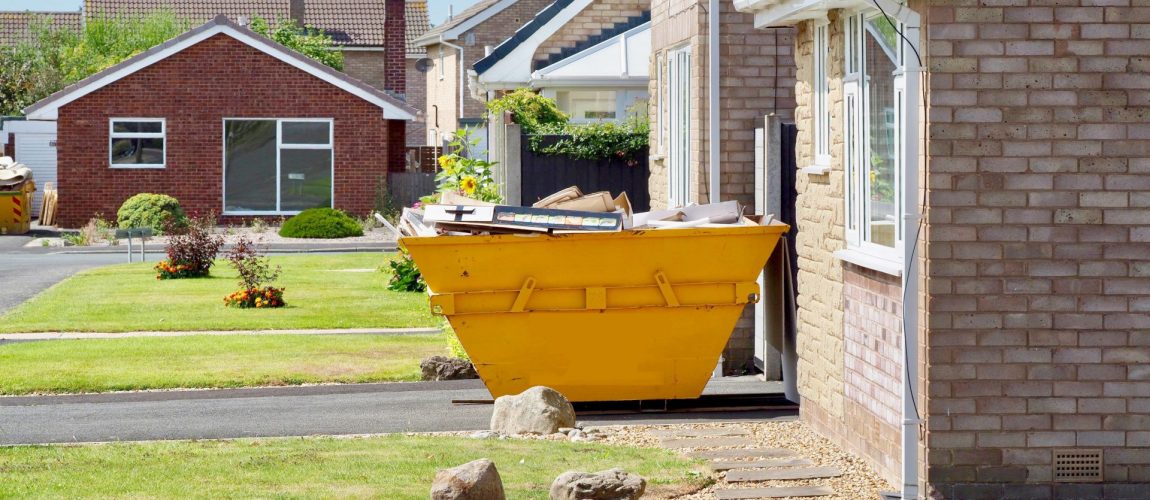Starting a home renovation project is an exciting venture, but it also comes with its share of challenges, particularly in managing the inevitable waste.
For first-timers, the concept of skip hire might seem straightforward—rent a large container for all the debris.
However, the nuances of selecting the right size, understanding the legalities, and managing costs can complicate matters.
This guide aims to simplify skip hire, making it an efficient part of your renovation journey.
Understanding Skip Hire
Skip hire involves renting a large container to dispose of waste materials from your renovation project. The service offers a range of skip sizes to accommodate various types of waste, from household clutter to construction debris.
Before you hire a skip, consider the scope of your project. Assess the amount and type of waste you expect to produce and how long you’ll need the skip.
This preliminary step is crucial in choosing the most suitable skip, avoiding unnecessary expenses for an oversized skip or the inconvenience of a too-small one.
Choosing the Right Skip Size
Selecting the appropriate skip size is critical to your project’s success and efficiency. Skips are available in various capacities, from small 2-yard mini skips for minor clear-outs to large 12-yard skips suitable for significant construction projects.
Estimating the correct skip size involves evaluating the volume of waste your project will generate.
Overestimating can lead to paying for unused skip space, while underestimating may result in needing another skip, further inflating your costs.
Familiarising yourself with the dimensions and capacities of different skips can guide you to a cost-effective and practical choice.
Permits and Regulations
Placing a skip on your property typically doesn’t require a permit, but if you need to place it on public land, including a pavement or roadside, you’ll need a skip hire permit from your local council.
The process and costs for obtaining a permit vary across different municipalities, so it’s essential to research or consult your skip hire provider for advice.
Additionally, there are regulations regarding what you can and cannot dispose of in a skip, including hazardous materials like asbestos and electronics, which require special disposal methods.
Preparation Before Skip Arrival
Preparing for the arrival of your skip ensures the process runs smoothly. This includes clearing the designated area of any obstructions, ensuring there’s adequate space for the skip and access for the delivery truck.
Consider safety measures, like positioning the skip away from blind corners to avoid creating a traffic hazard.
Communicate with your skip hire company about the delivery and collection dates, ensuring they align with your project timeline.
Efficient Waste Management During the Renovation
Effective waste management is pivotal during your renovation. Segregate waste as you go, separating recyclable materials to minimise environmental impact and potentially reduce disposal costs.
Maximising skip space by breaking down bulky items can prevent the need for additional skips.
Be mindful of prohibited items, as disposing of restricted materials in your skip can incur additional charges or penalties.
Environmental Considerations
Choosing a skip-hire service that prioritises recycling and responsible waste management can significantly reduce your project’s environmental footprint.
Many companies now offer services that include sorting and recycling a substantial portion of the waste collected.
Minimising waste through careful planning and purchasing can also contribute to more sustainable renovation practices.
Costs and How to Save
The cost of skip hire varies depending on the skip size, hire duration, and your location.
There are ways to keep costs down, such as sharing a skip with a neighbour or selecting the correct size to avoid paying for unused space.
Always compare quotes from several providers to ensure you’re getting a competitive rate.
Conclusion
Skip hire is an indispensable part of managing waste during a home renovation project.
By understanding the basics, choosing the right size, adhering to legal requirements, and implementing efficient waste management practices, first-time renovators can navigate skip hire with confidence.
This approach not only facilitates a smoother renovation project but also supports environmental sustainability and community safety.







